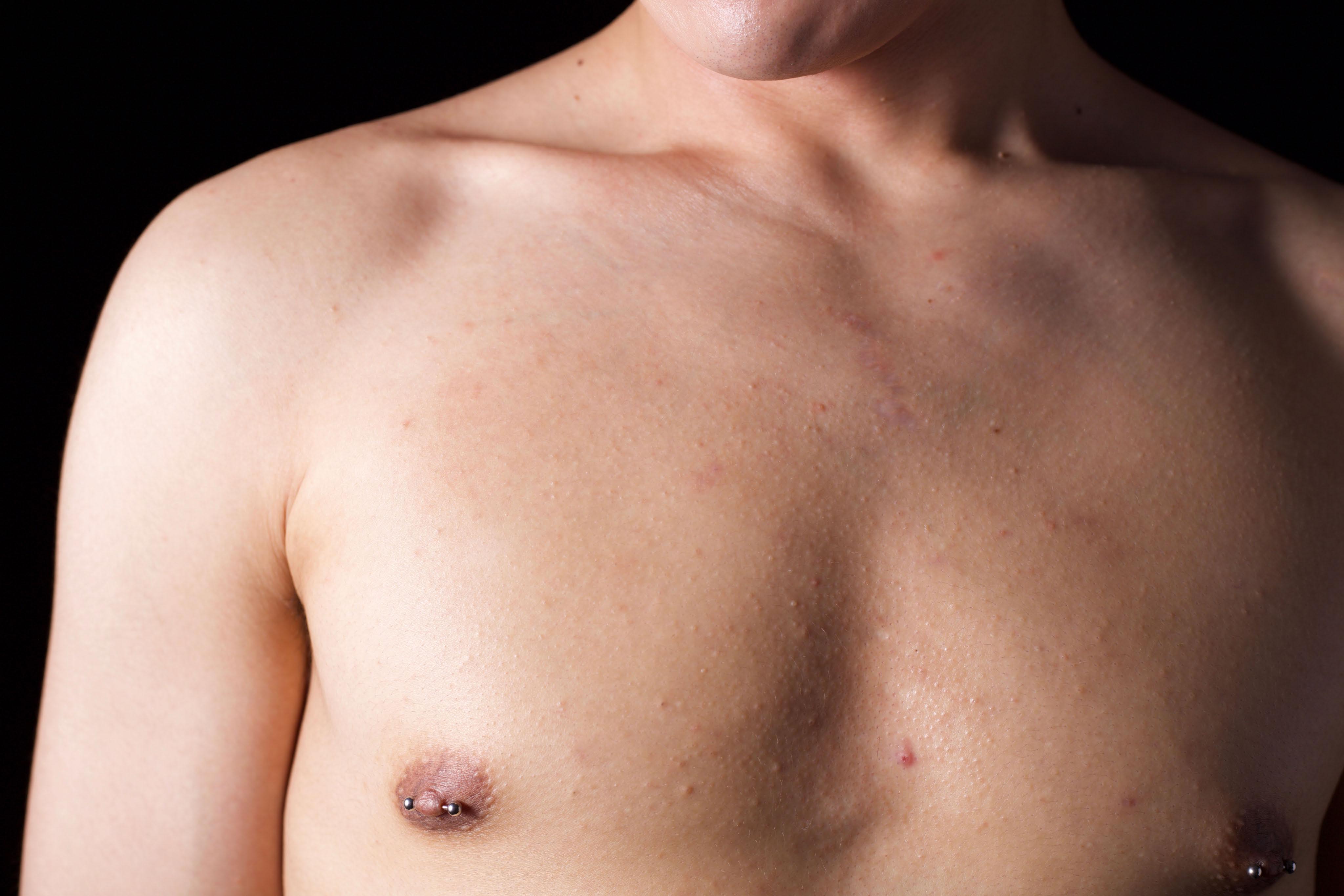
1 minute read
RECENT TRENDS
In July 2023, the World Health Organization (2) (WHO) announced that STIs are on the rise globally and are calling for countries to have better access to testing and diagnostic services. The WHO pointed out that during the pandemic, many countries had low coverage for prevention, testing, and treatment services for STIs and H
HIV which led to a global resurgence of STIs. Specifically, a highly drug-resistant strain of gonorrhoea is increasingly being reported. According to Statistics Canada (3), the cases of gonorrhea has almost tripled over the past decade, and more than half of new infections are among people under 30 years of age. According to The Globe and Mail (4), in Alberta, HIV cases increased by 17.2 per cent last year when compared with 2022. HIV is becoming a public health crisis in Manitoba (5) as well with the province’s rate of new cases being three times higher than the national average, with indigenous communities disproportionately affected. And according to Health Canada (6), the cases of syphilis has increased 13-fold over five years.
Despite the spikes in STIs and HIV as well as young people’s higher risk of being infected, 80% of young Canadians do not engage in regular STI and HIV testing in the last 6 months. Many cite that they do not feel the need to (44%) while some felt embarrassed to get tested (9%) and others simply didn’t know where to go (14%). Among the survey respondents, 1090 across Canada, 4% reported being diagnosed with STI(s) and/or HIV in the last 6 months. Of those that got STI(s), 26% and 24% were diagnosed with Chlamydia and Gonorrhea HH respectively, and 8% were diagnosed with HIV. Compared with the numbers from LetsStopAIDS’ Sex Lives Report in 2022, the number of youths diagnosed with Gonorrhea went down by half, those diagnosed with Chlamydia doubled. The percentage of youth diagnosed with HIV stayed the same at 8% from 2022 to 2023.












